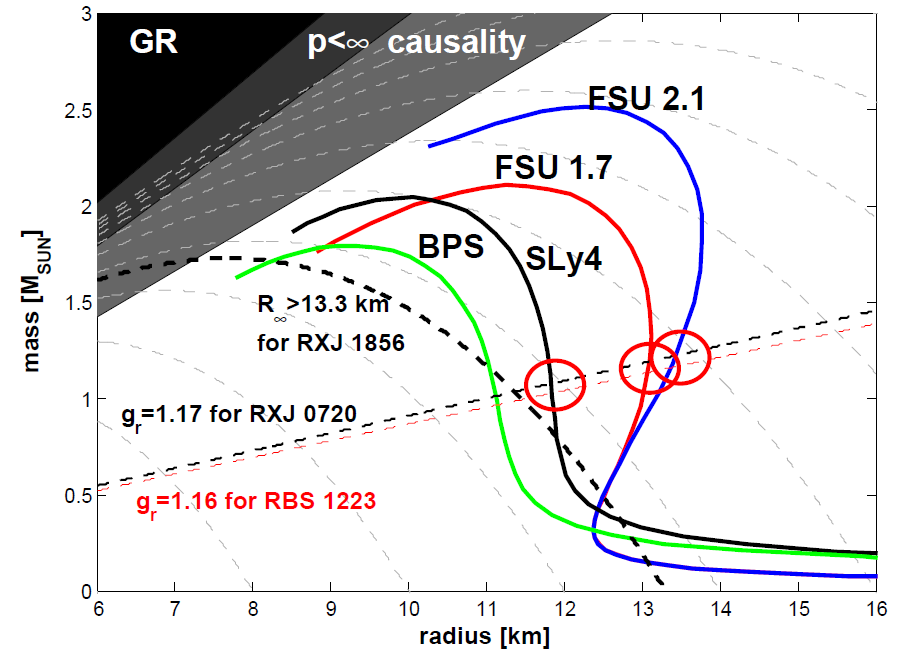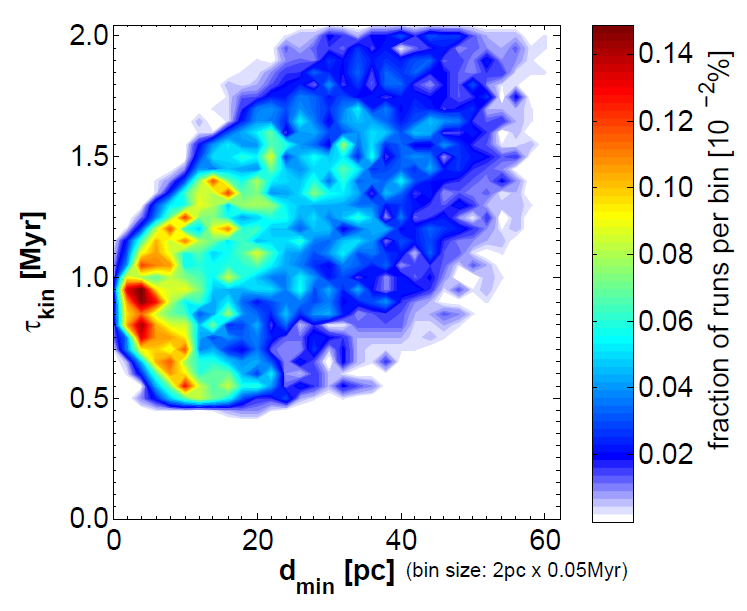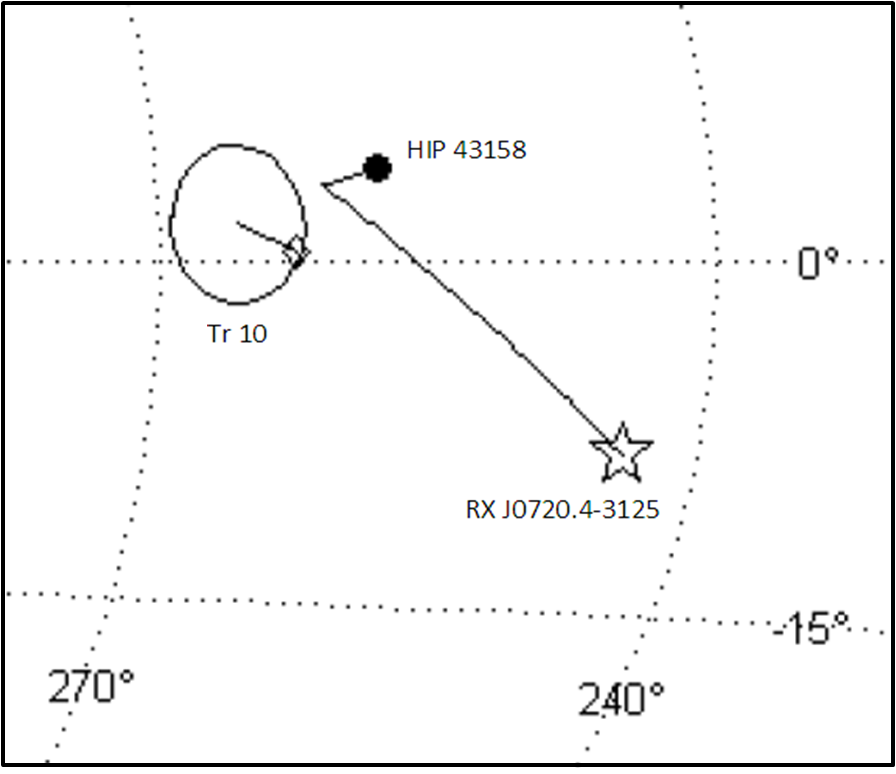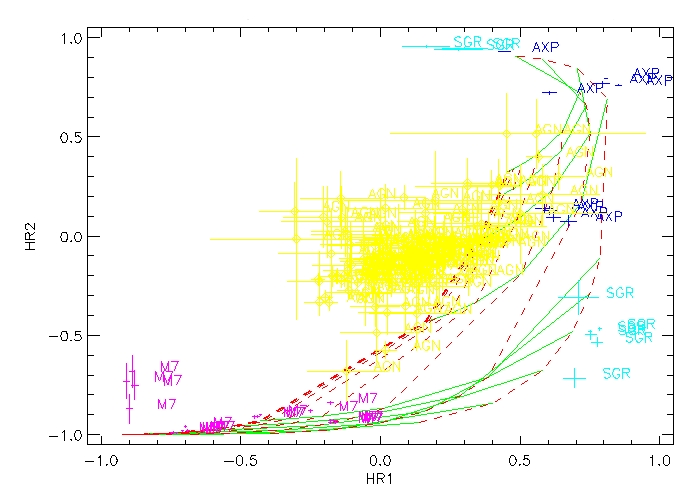Projects
Constraining the Equation of State of neutron stars from X-ray observation |
||
|
Matter at high pressure and densities (1015 g/cm3), large magnetic fields (1013 G) and high temperatures (106 K) cannot be generated in laboratories. To study the properties of matter under such extreme conditions, in particular the equation of state (EoS) at super nuclear densities, one needs suitable objects, hence neutron stars (NSs). The EoS can be constrained by the mass-radius relation (the compactness), period and long term evolution of the period (glitch, free precession) and cooling behaviour. Current NS models deal with various families of EoS, i.e. with strange stars (quark stars or stars with pion and/or kaon condensates), NSs with ordinary neutrons mixed with protons and electrons (stiff EoSs yielding larger radii and soft EoSs yielding smaller radii; both in conjunction with or without superfluid matter). |
 |
Kinematics of young neutron stars |
||
|
There are many young, nearby neutron stars (NSs) with distance and proper motion measurements known, most of them radio pulsars, plus a few radio-quiet thermal X-ray emitters. By tracing back the 3D motion of all those NSs, nearby young stellar associations and clusters (later also bubbles), and also all known young runaway stars, we can find close encounters in space and time, i.e. events, where NSs intersected with an association and/or a runaway star. Then, the NS may have been born in that association at that time in a supernova. An additional encounter with a runaway star would provide additional evidence.
|
  |
Search for new neutron stars |
||
|
Finding new neutron stars is a crucial topic as the expected total number of neutron stars in our Galaxy was predicted to be ~ 1 billion of which isolated NS should form the majority. Until today there are ~ 2000 known radio pulsars and only seven known isolated thermally emitting NS (called the magnificent seven). Since the discovery of the first INS (RX J1856.5-3754) in 1996 the search for more thermal NS is an ongoing process. Those seven objects have been recognized by their high X-ray to optical flux ratio and their rather soft X-ray emission represented by low X-ray hardness ratios. We have suggested that the faint object next to Fomalhaut could be a nearby neutron star, instead of a planet:
For more details, please see |
 |
